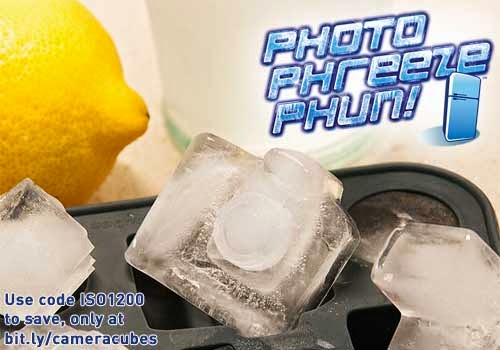Be different to the rest with Salt Printing Technique: 16 Step Rough & Ready Version
From GPV Photography talk a lot about salt printing, but they realised that not very many people know what a salt print actually is. So GPV Photography threw together a quick video, as a trip through the final test print from my first 2015 exhibition image.
Wikipedia says about salt prints:
The salt print was the dominant paper-based photographic process for producing positive prints during the period from 1839 through approximately 1860.
The salted paper technique was created by British photographer William Henry Fox Talbot. He called his negative process calotype printing, while the salt print process was used for making positive prints from the calotype negatives. They both employ a technique of coating sheets of paper with silver salts, but the calotype process differs slightly in chemicals used in the sensitization procedure, and uses an extra 'accelerator' step, immediately prior to exposure of the sensitized paper
Text and video via GPV Photography

















3 comments:
Cool, but water usage is kind of insane!
That is true. Normal if you use chemical products
An archival print washer would cut the water use to a fraction. Even in the old days people used 'em.
Post a Comment